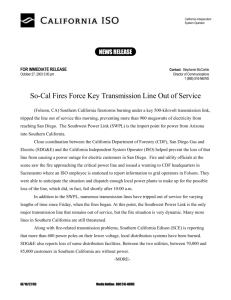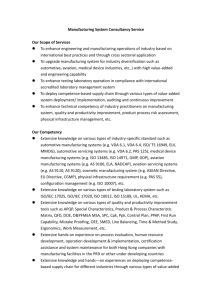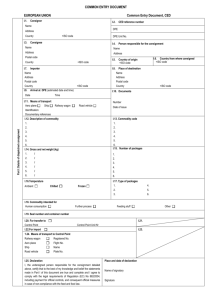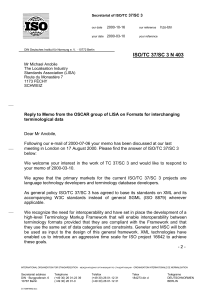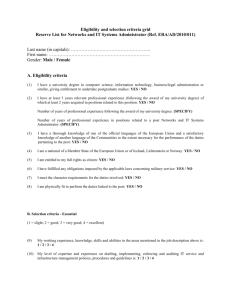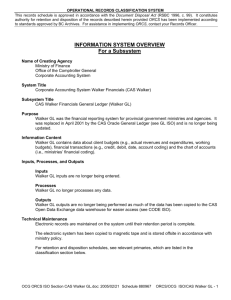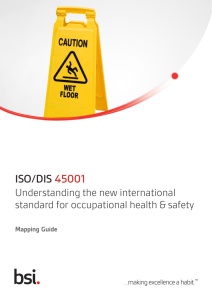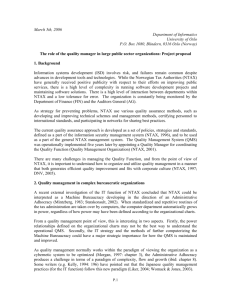Fire Retardent ABS Sheet - Technical Specifications and Safety
advertisement
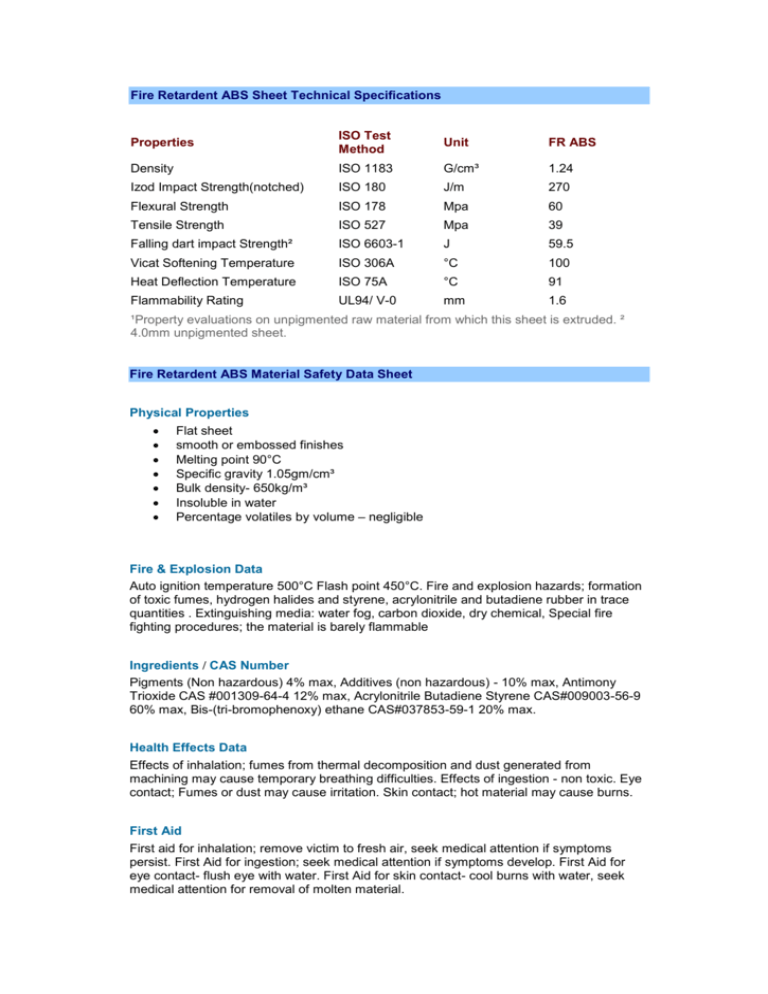
Fire Retardent ABS Sheet Technical Specifications Properties ISO Test Method Unit FR ABS Density ISO 1183 G/cm³ 1.24 Izod Impact Strength(notched) ISO 180 J/m 270 Flexural Strength ISO 178 Mpa 60 Tensile Strength ISO 527 Mpa 39 Falling dart impact Strength² ISO 6603-1 J 59.5 Vicat Softening Temperature ISO 306A °C 100 Heat Deflection Temperature ISO 75A °C 91 Flammability Rating UL94/ V-0 mm 1.6 ¹Property evaluations on unpigmented raw material from which this sheet is extruded. ² 4.0mm unpigmented sheet. Fire Retardent ABS Material Safety Data Sheet Physical Properties Flat sheet smooth or embossed finishes Melting point 90°C Specific gravity 1.05gm/cm³ Bulk density- 650kg/m³ Insoluble in water Percentage volatiles by volume – negligible Fire & Explosion Data Auto ignition temperature 500°C Flash point 450°C. Fire and explosion hazards; formation of toxic fumes, hydrogen halides and styrene, acrylonitrile and butadiene rubber in trace quantities . Extinguishing media: water fog, carbon dioxide, dry chemical, Special fire fighting procedures; the material is barely flammable Ingredients / CAS Number Pigments (Non hazardous) 4% max, Additives (non hazardous) - 10% max, Antimony Trioxide CAS #001309-64-4 12% max, Acrylonitrile Butadiene Styrene CAS#009003-56-9 60% max, Bis-(tri-bromophenoxy) ethane CAS#037853-59-1 20% max. Health Effects Data Effects of inhalation; fumes from thermal decomposition and dust generated from machining may cause temporary breathing difficulties. Effects of ingestion - non toxic. Eye contact; Fumes or dust may cause irritation. Skin contact; hot material may cause burns. First Aid First aid for inhalation; remove victim to fresh air, seek medical attention if symptoms persist. First Aid for ingestion; seek medical attention if symptoms develop. First Aid for eye contact- flush eye with water. First Aid for skin contact- cool burns with water, seek medical attention for removal of molten material. Protective Clothing/ Control Measures Respiratory protection; Dust masks should be available. Eye protection - use safety glasses. Thermal gloves and protective clothing should be worn. Ventilation requirements good local and adequate general ventilation should be ensured. Emergency Procedures Spillage; lift spillage mechanically. Waste Disposal Controlled waste; No. Preferred disposal method – incineration or sanitary landfill, regarding local legal requirements. Ecological Hazards Water hazard; no ecological hazard. Land hazard – no hazard.


